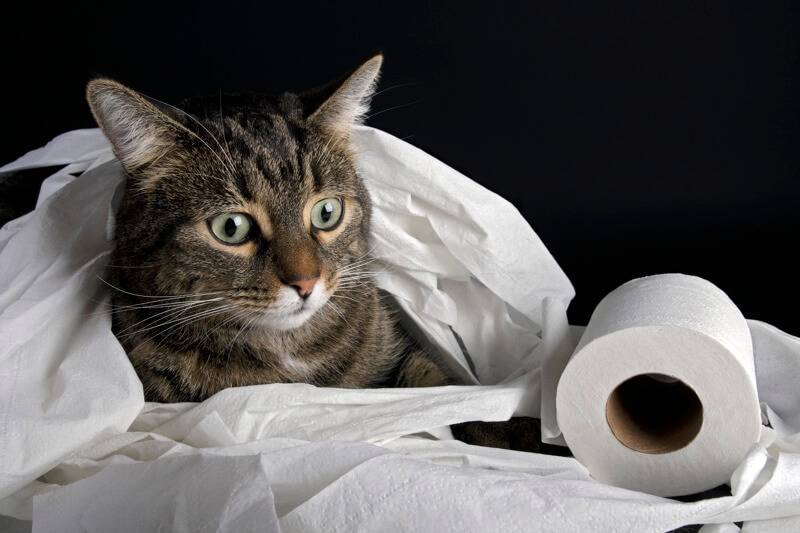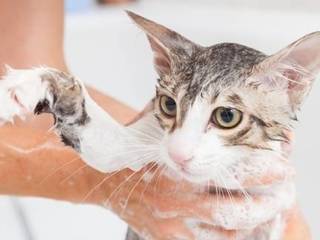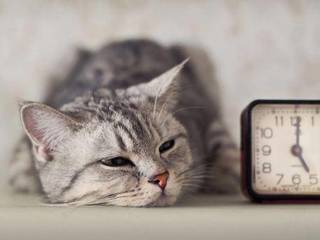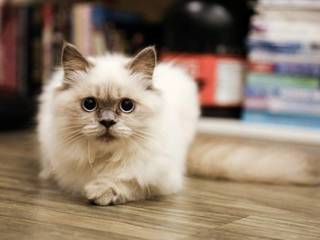Your cat may diligently urinate in the box but what do you do if she decides she’d rather leave her solid deposits somewhere else? It can be very confusing for a cat parent when the cat faithfully uses the box for one function but refuses to use it for the other.
Even if you’re absolutely certain that the problem is behavioral, you need to have your cat examined by the veterinarian to make sure there isn’t an underlying medical problem. There are a number of medical issues that could be causing your cat to feel uncomfortable about pooping in the box. If she experiences constipation, for example, she may associate the box with her discomfort and attempt to go somewhere else. If your cat is older and has arthritis, it may be difficult for her to perch on the litter substrate in order to eliminate solids. If you have a covered litter box, she may feel cramped in there while perching in position to poop.pooping outside the litter box
There are a number of intestinal problems (inflammatory bowel disease for example) that commonly result in cats defecating outside of the box. The cat may experience cramping and the discomfort causes her to try to eliminate wherever she is at the time. She may also become so uncomfortable that she can’t make it to the box.
Safety IssuesIt typically takes a cat a bit longer to defecate than urinate. In a multicat household where there is even the smallest amount of tension, it may be too stressful for a cat to hang out in the litter box long enough to poop. If the box is covered, wedged in a corner or hidden in a closet, this truly reduces the cat’s escape potential. She may feel it’s safer to poop in another location that allows her to have a better view in case an opponent is coming. The location she chooses may also give her a better opportunity to get out of there more safely.
Substrate PreferenceSome cats, for whatever reason only they seem to know, have a substrate preference when it comes to the feel of the litter for defecation versus urination. Perhaps it has something to do with the amount of time they spend in that perching position for pooping. If you think that might be the case, offer another litter box with a litter that has a different texture. In general, cats prefer a soft, sandy texture when it comes to the litter substrate.
If your cat is defecating on the floor or other hard surface and won’t go in the litter box no matter what type of litter you use, try an experiment and set out an empty litter box. If the cat does eliminate in the box when there’s no litter, keep the box available to her (clean it every time she poops) and then you can eventually try adding a scant amount of litter in the box. If she continues to accept that you can add gradually increase the amount.
Last But Not Least: CleanlinessA cat may decide that the box is too dirty if there is any waste already in there. She may urinate but then feel it’s now not clean enough for her to then use for defecation. Understandably, you can’t stand over the box 24 hours a day with a litter scoop in your hand in order to remove waste the nanosecond it touches the litter. Just make sure you’re scooping at least twice a day and have more than one litter box so there will be a greater chance that kitty can find a clean patch of litter for defecation.






